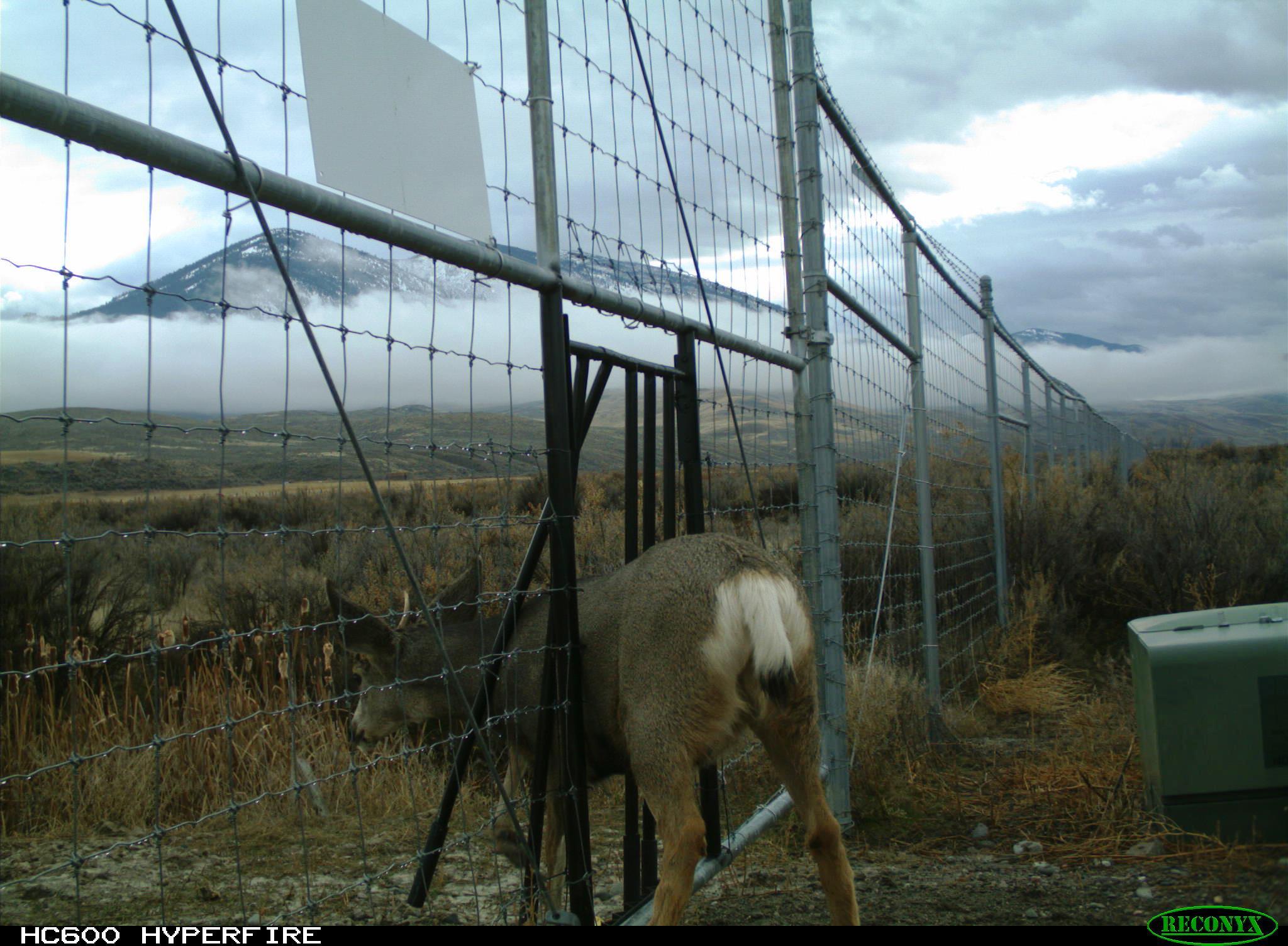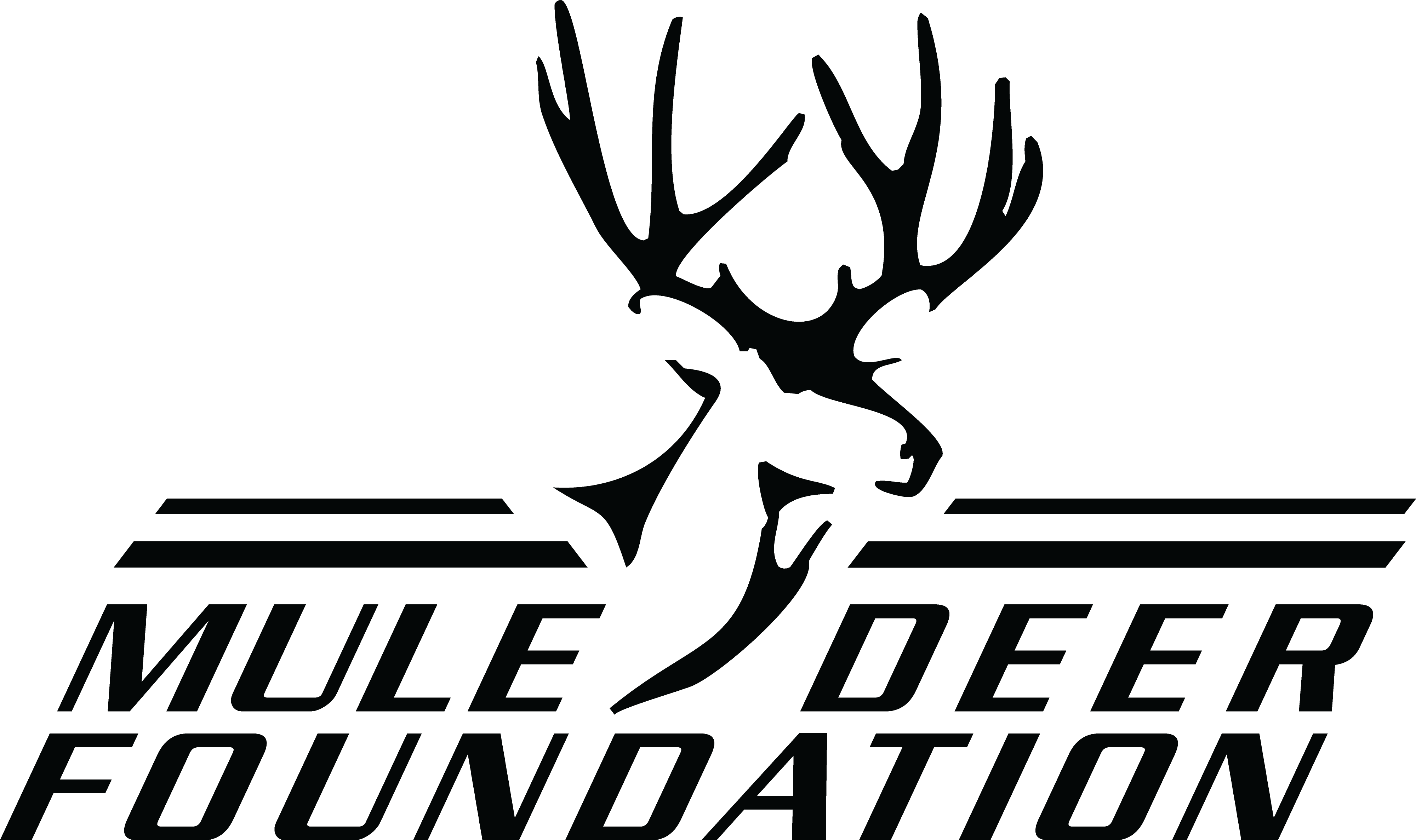Take a look at some examples of the projects that the Mule Deer Foundation has completed.
Fire Prevention
Burnt Beaver Project – Utah
The Burnt Beaver project is in the Evanston/Mountain View Ranger District in the Uinta Wasatch Cache National Forest. The objective of the project is to create a better environment for the wildlife and create fire breaks for future fire prevention. The targeted areas are along roads and trails that can be used for holding lines for future prescribed burns or wildfires; also targeted are areas that have a large amount of dead and down material that make it nearly impossible to navigate. Clearing out the dead and down material and removing unhealthy trees from the areas creates a better environment for the wildlife in the area, especially the mule deer. As of now there have been 1,482 acres treated with hopes to finish the 2,128 acres by the end of 2021. The piles created will then need to be burned and the Forest Service will use the cleared-out roads and trails as fire lines for future prescribed burns to further benefit the health of the forest and the wildlife.
California – Manzanita Chutes
In 2021, MDF completed the Manzanita Chutes plantation thinning project in the Lassen National Forest. This project not only addressed fire danger by reducing the density of young conifers in over 1,000 acres of plantations in the last three years, it also increased the available deer forage by masticating all of the live and dead brush within the project area. Located in the middle of a migration route for the Tehema Deer herd, California’s largest migrating herd, this project will have long term benefits for deer and many other species of wildlife.
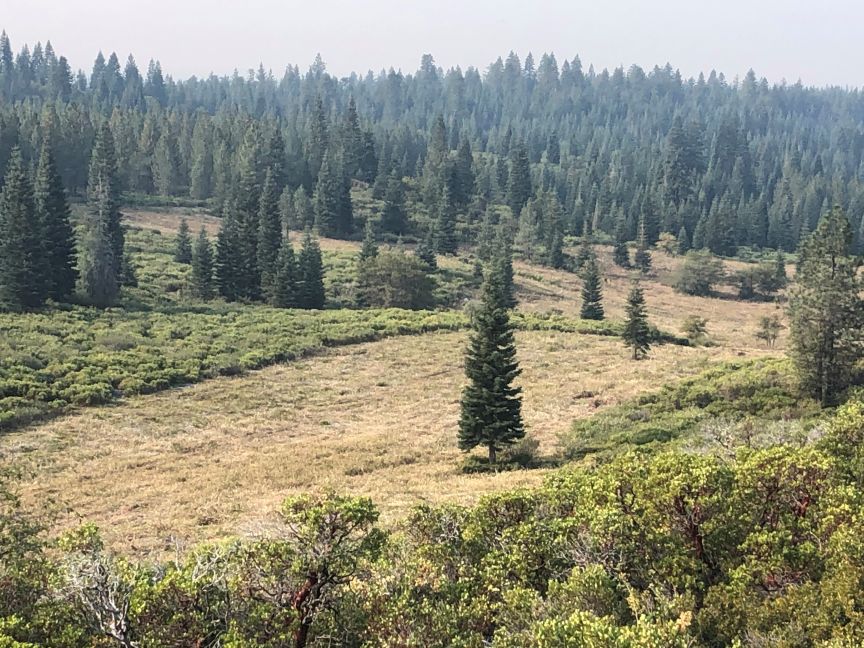
Invasive Vegetative Species Management
Lemhi Valley Cheatgrass Treatment – Idaho
Through MDF’s Migration Corridors and Winter Range Initiative, this project is focused on the Lemhi Valley Priority Area. The objective is to manage invasive plants from further expansion to reduce fire risk. The treatments will involve aerial applications of herbicide, mulch, and seed mixes to restore sagebrush habitat serving as important winter range for mule deer and other wildlife. The project will cover 1,500 acres of private land and 2,000 acres of BLM – this direct treatment will benefit up to 22,000 acres of land by holding the cheatgrass line back. That 22,000 acres will be more fire resilient and resistant, and contain forage of higher quality (i.e. cheatgrass won’t be there to outcompete). USFS and BLM will improve another 44,000 acres at the same time. Partners involved in the project are Mule Deer Foundation, Salmon-Challis National Forest, Salmon BLM Field Office, Office of Species Conservation, Idaho Department of Lands, Natural Resources Conservation Service (Salmon Office), Private Landowners, Idaho Department of Fish and Game, Lemhi County, Community Volunteers, Salmon Valley Stewardship, and Wild Sheep Foundation. All together MDF and partners will improve 66,000 acres of big game winter range and sage grouse habitat. Work will began in the summer of 2021.
Check out the latest update on our invasive species work in Idaho HERE
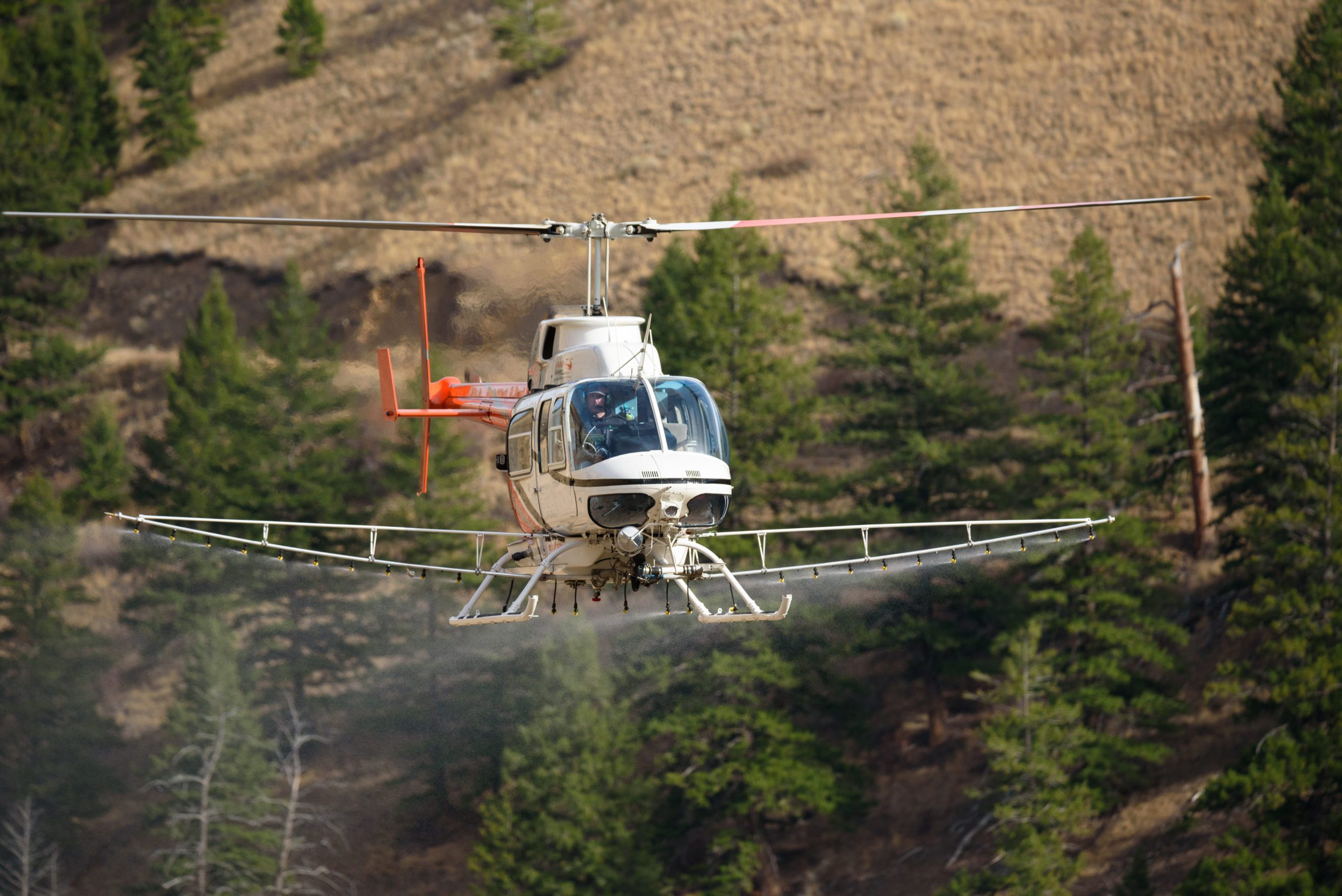
Post-fire Restoration
Tex Creek Wildlife Management Area – Idaho
Idaho’s Tex Creek Wildlife Management Area (WMA) is located near Idaho Falls and is a high quality winter range for mule deer and elk. In 2016, the Henry’s Creek Fire burned almost two-thirds of the 35,000 acre WMA destroying much of this important habitat. Idaho Fish and Game immediately began rehabilitation projects, which have included aerial seeding of sagebrush, seedling planting, and invasive species management. The Mule Deer Foundation’s Tex Creek WMA project focuses on sagebrush planting for winter range restoration. In coordination with the Bureau of Land Management and Idaho Fish and Game, MDF volunteers and staff will plant 500,000 shrub seedlings over the life of this multi-year project.
Learn more about the Tex Creek WMA work HERE
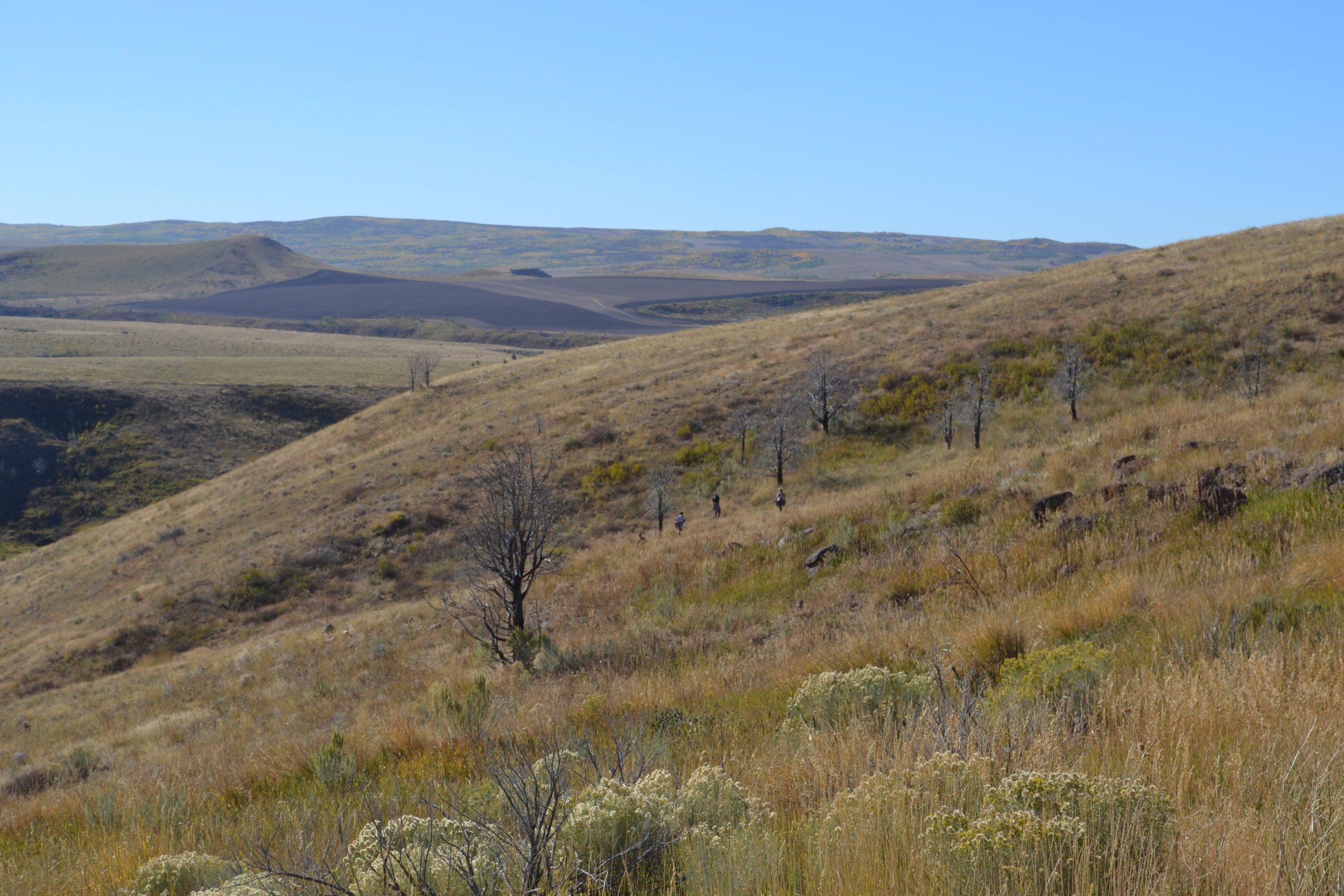
Conifer Removal
Toano Mountains Juniper Reduction – Nevada
The Toano Mountains Project is located in Northeastern Elko County in Eastern Nevada. It is a pinyon/juniper reduction project of 3,000 acres of critical winter range for the Area 7 Mule Deer Herd. The partners involved in this project are the Long Canyon Mule Deer Mitigation Fund, the NDOW Heritage Account, the NDOW Habitat Conservation fund, Bass Pro Shops, and MDF. MDF used $20,000 of chapter rewards from the Great Basin Chapter in Elko to match a $20,000 grant from Bass Pro Shop for a total contribution from MDF of $40,000. We were able to leverage that $40,000 and have it matched 4-to-1 with NDOW Heritage Account Funds to increase our impact to the project to $160,000. Given the total project cost was $300,000, we were able to contribute or leverage over half of the funding for the entire project.
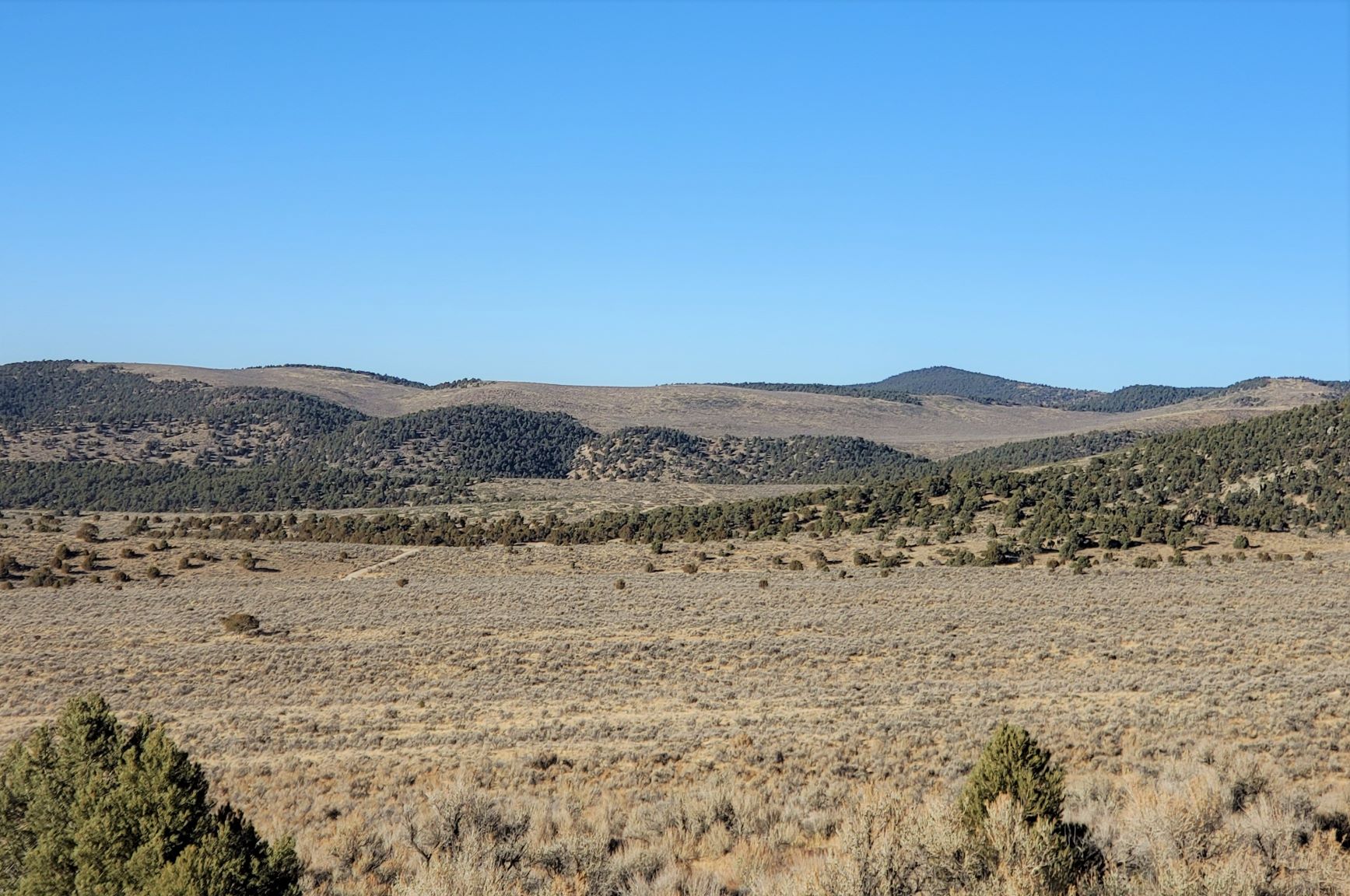
Game Management Unit 18A – Arizona
MDF and AZGFD have been working together on a landscape level restoration project in Arizona’s GMU 18A, which is located between Kingman and Seligman, AZ. The mule deer population has suffered greatly in this area over the last several decades, and hunting permits have been reduced from a historic 2,000 to only 350 today. This habitat restoration project focuses on conifer removal to increase the production of grasses, forbs, and browse species important to mule deer. The project will treat approximately 50,000 acres over five years and will result in habitat improvements on over 250,000 acres. The project focuses primarily on juniper mastication but will also include fence removal/modification and water projects. A large portion of the funding for the project is generated from Arizona’s Auction Tags, allocated for habitat projects through AZGFD’s Habitat Partnership Committee.
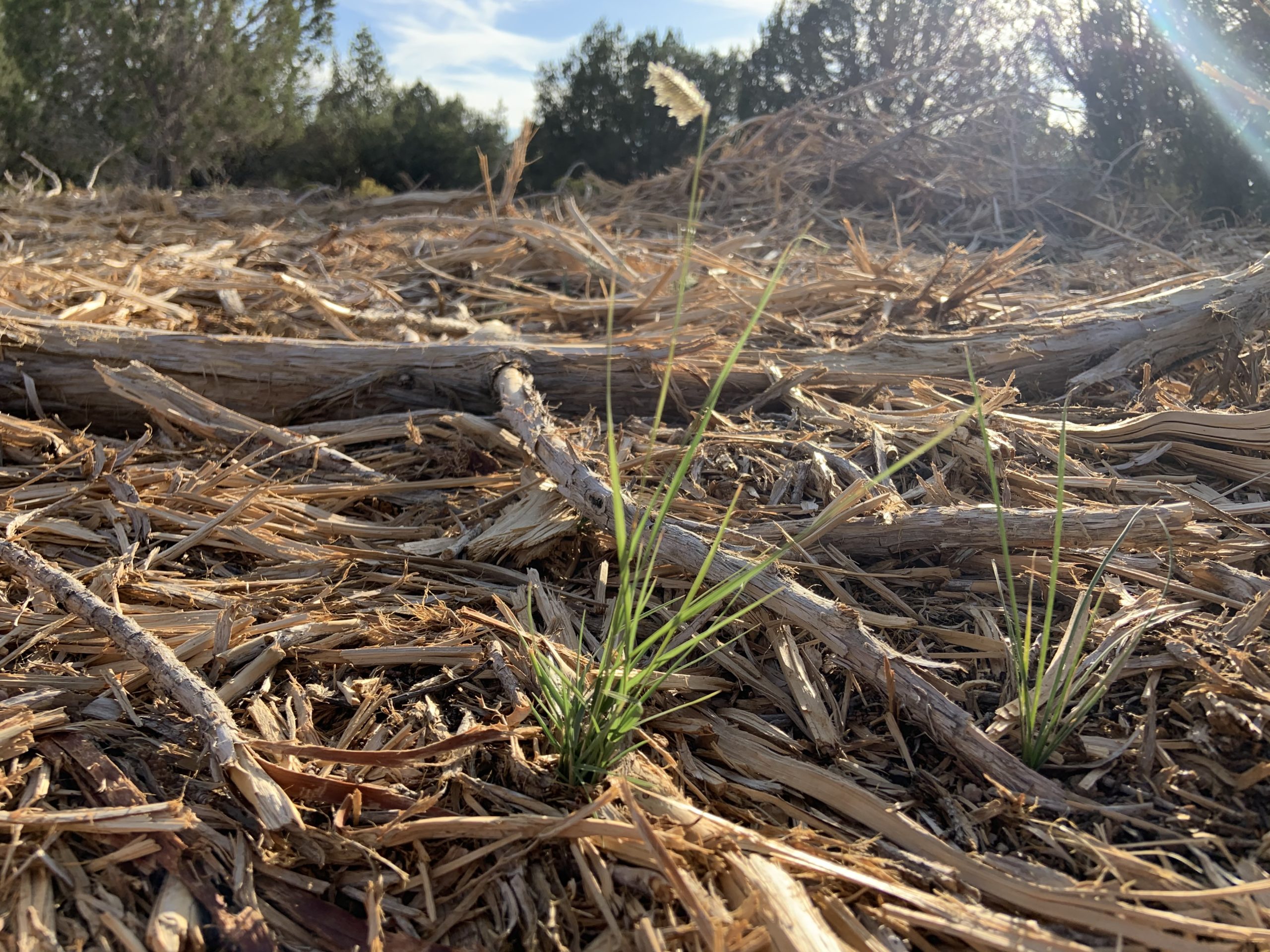
Wildlife-friendly Fencing
Fence Removal and Modification – North Dakota
Woven wire fences (a.k.a. sheep fencing) are an issue in mule deer habitat across the west. They prevent movement and cause entanglements which sometimes result in mortality, especially for fawns and juveniles. One mile at a time, MDF volunteers in North Dakota have pulled or replaced (with wildlife-friendly specs) around 80 miles of fence throughout the last couple of years. Fence projects require a lot of manpower in order to cover those kinds of miles, and volunteer help is critical. Helping to ease the burden, industry partners in North Dakota have been key in helping with equipment needs such as the use of skid steers. Bobcat of Mandan, ND, donated the use of three skid steer attachments. Additionally, the North Dakota Petroleum Council donated $7,500 to purchase a Dakota Wire Winder. This skid steer attachment can pull a complete five-strand or woven fence in one shot and roll up 100 yards or more in minutes.
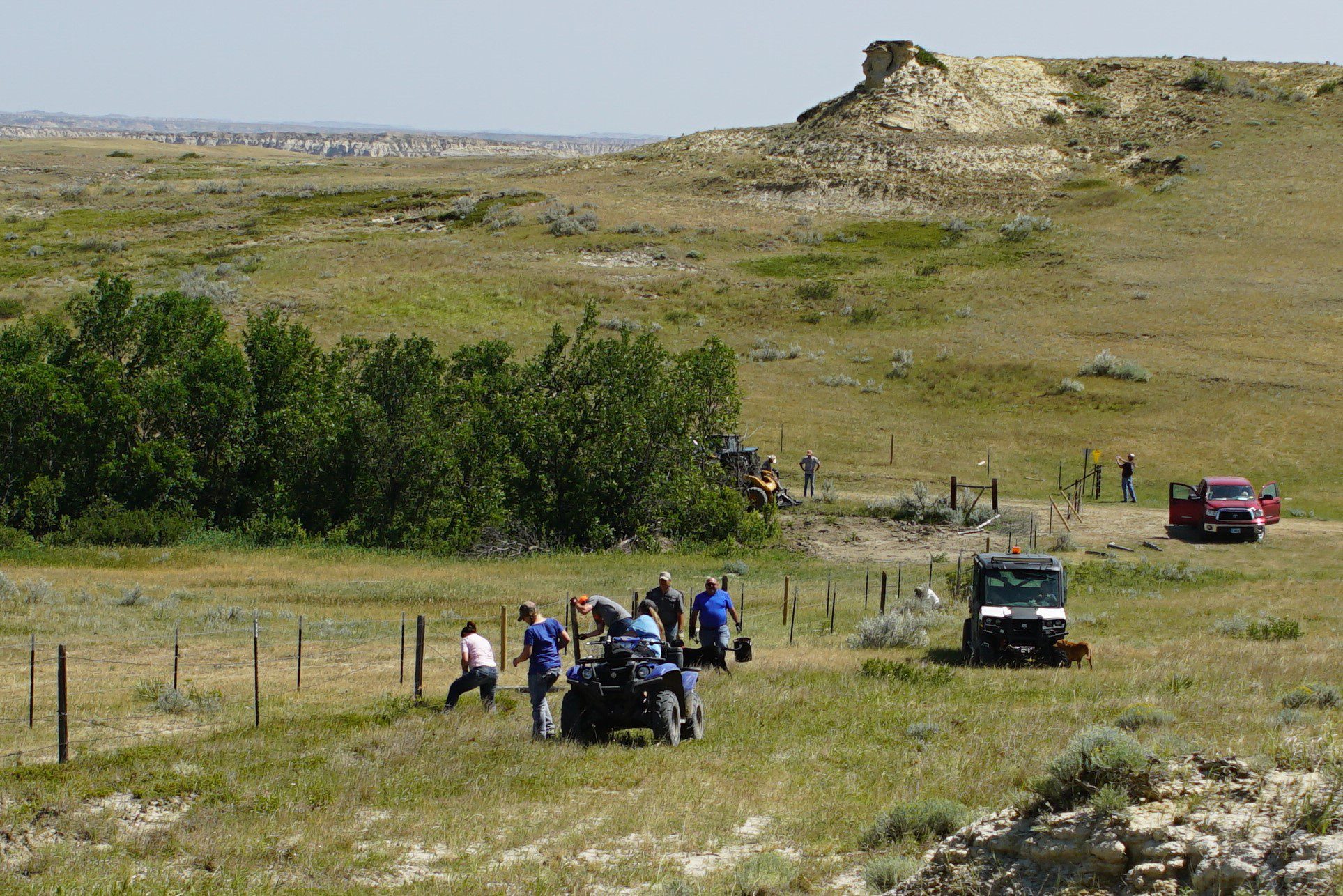
Water Availability
Black Mountain Tank – Arizona
Mule Deer Foundation staff and volunteers collaborated with the Arizona Game and Fish Department and members of Friends of Northern Arizona Wildlife to rebuild a 50-year-old trick tank near Flagstaff, AZ. A trick tank is an underground water storage tank that supplies wildlife with water in areas that do not have the natural ability to retain water in a pond or dirt watering hole. To charge the tank with water, a large metal ‘apron’ is used to funnel rain and snow melt into the underground tank. Being a 50-year-old structure, this project involved completely rebuilding the water collection apron. Volunteers removed the old tin on the ground apron and rebuilt it with metal studs and new sheet metal. The existing channel gutter system and the underground tank were reused. The reconstructed apron is 1,500 square feet and will collect over 1,100 gallons of water per inch of rain. This location receives 15 inches of rain each year on average – that is over 16,000 gallons (about twice the volume of a large U-Haul truck) of water collected from this trick tank alone. In arid climates such has Arizona, these projects are critical to keeping water available for mule deer and other wildlife year-round.
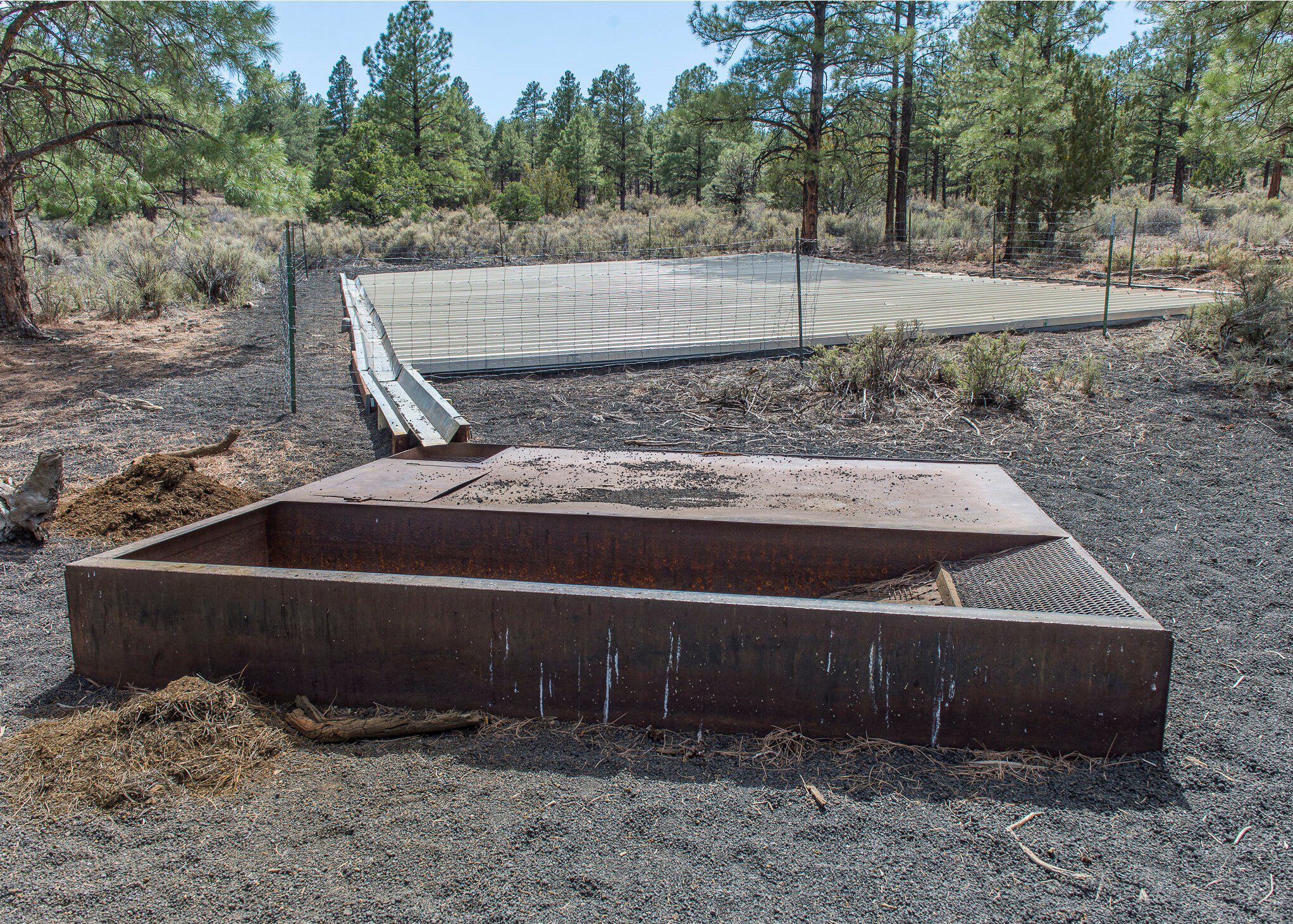
Habitat Connectivity
Idaho – Highway 28 Migration Program
MDF, in partnership with Idaho Fish and Game and Idaho Transportation Department, designed and installed 10 wildlife exit structures into a 6-mile funnel fence section along Highway 28. The exits serve as one-way gates allowing animals to exit the highway toward safety along the Lemhi River side of the fence. The project is part of the Lemhi Valley Priority Area identified in Idaho’s SO3362 Action Plan, and the improvements along this stretch of highway will help reduce wildlife-vehicle collisions.
